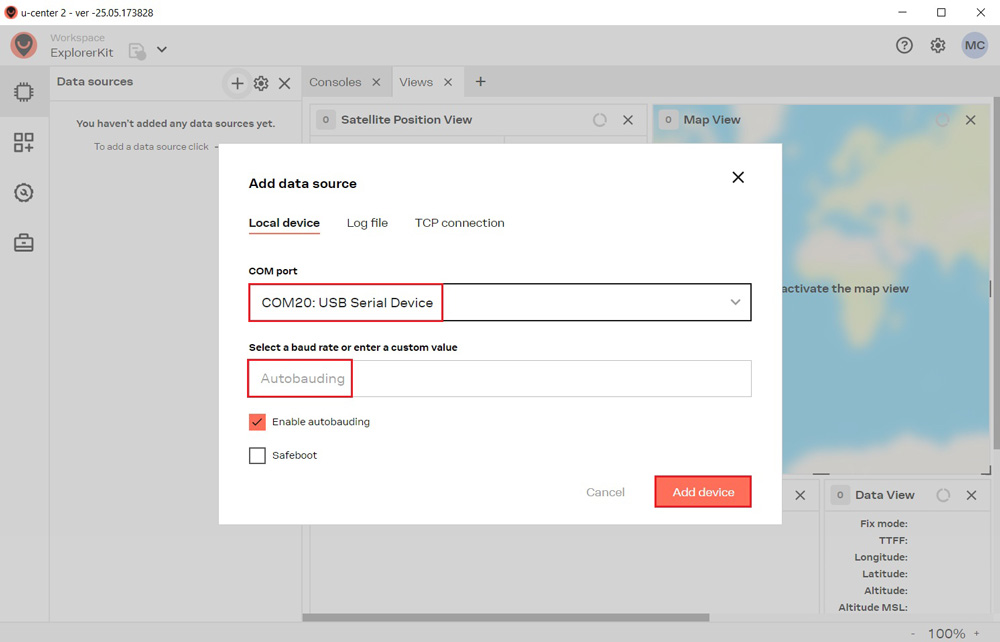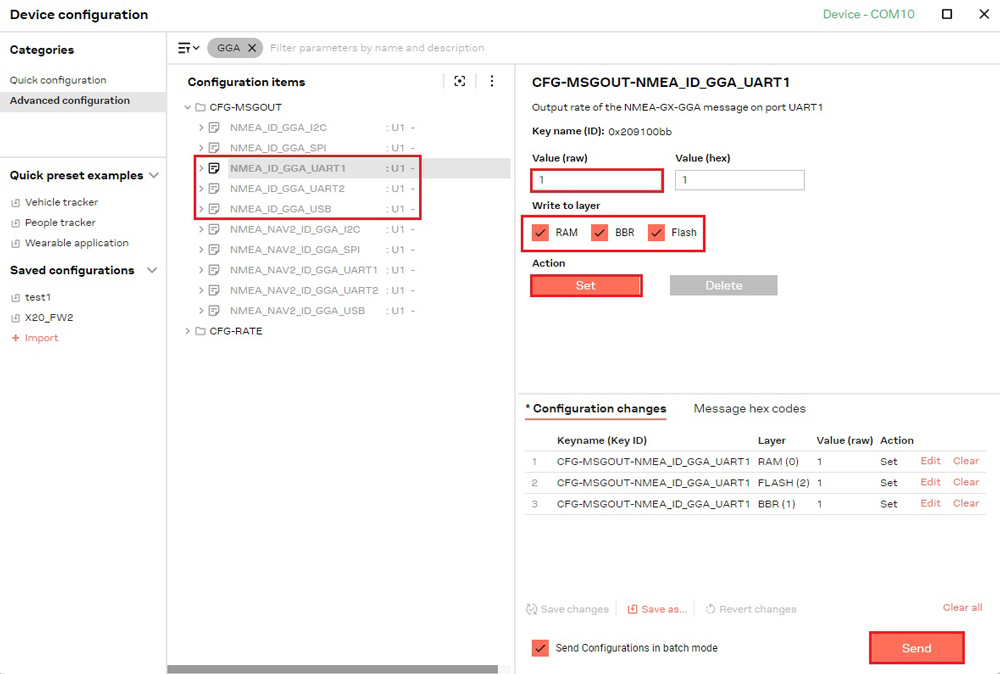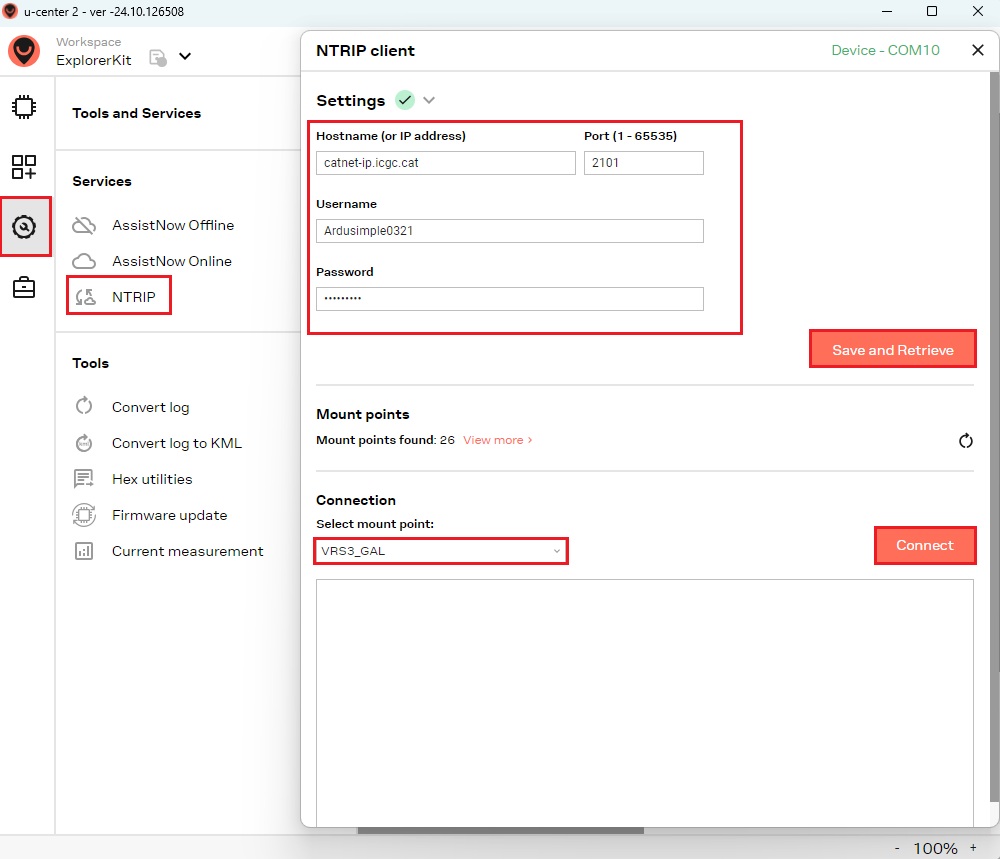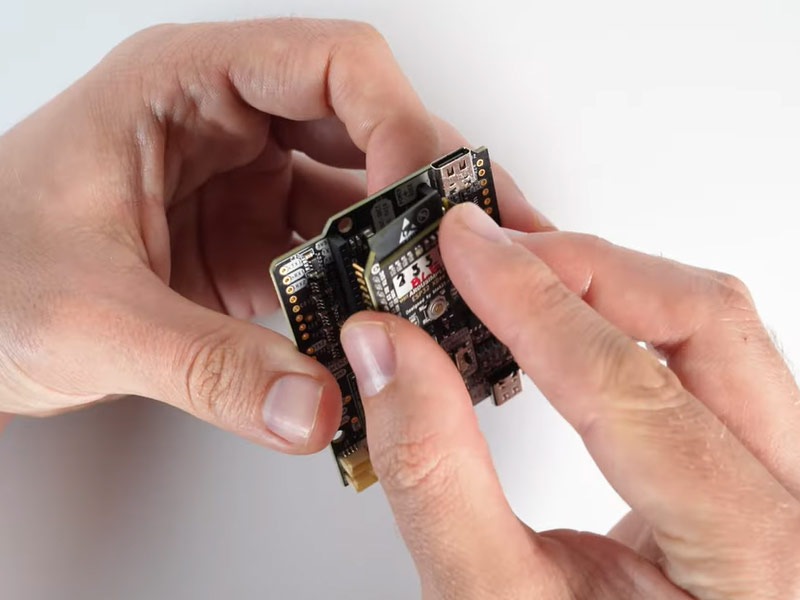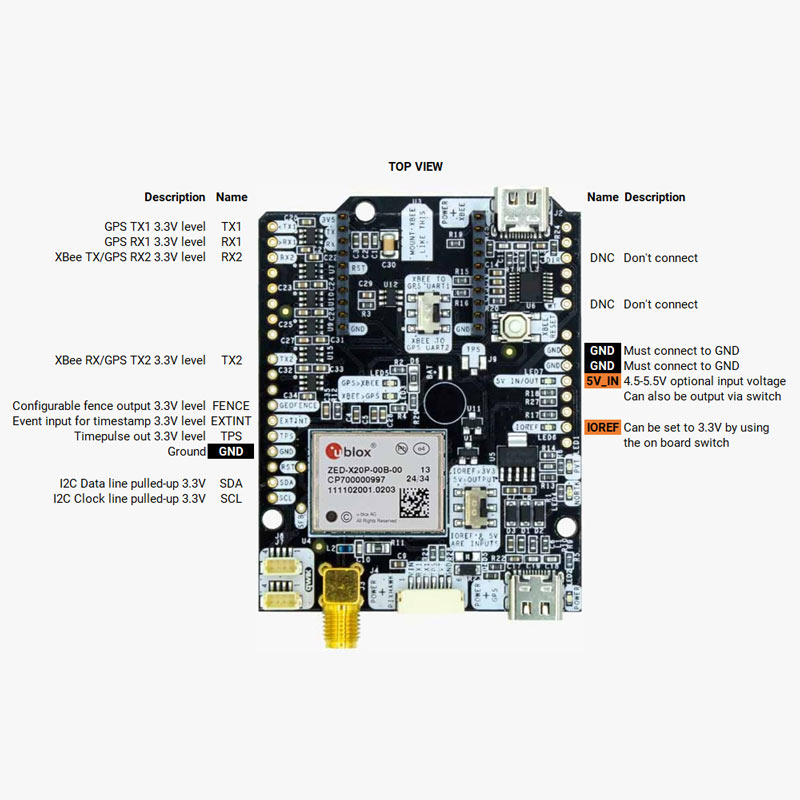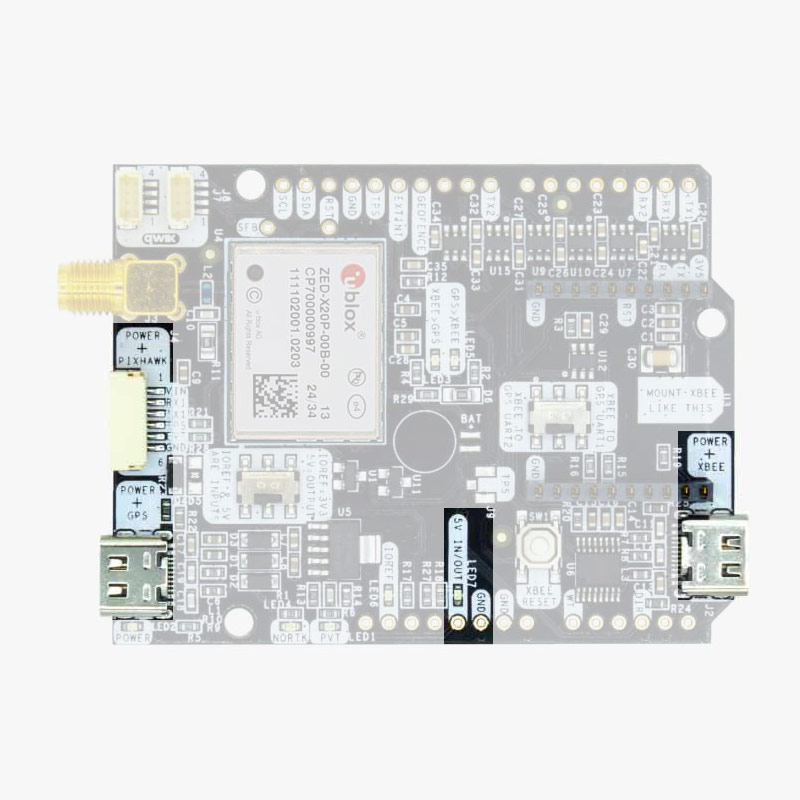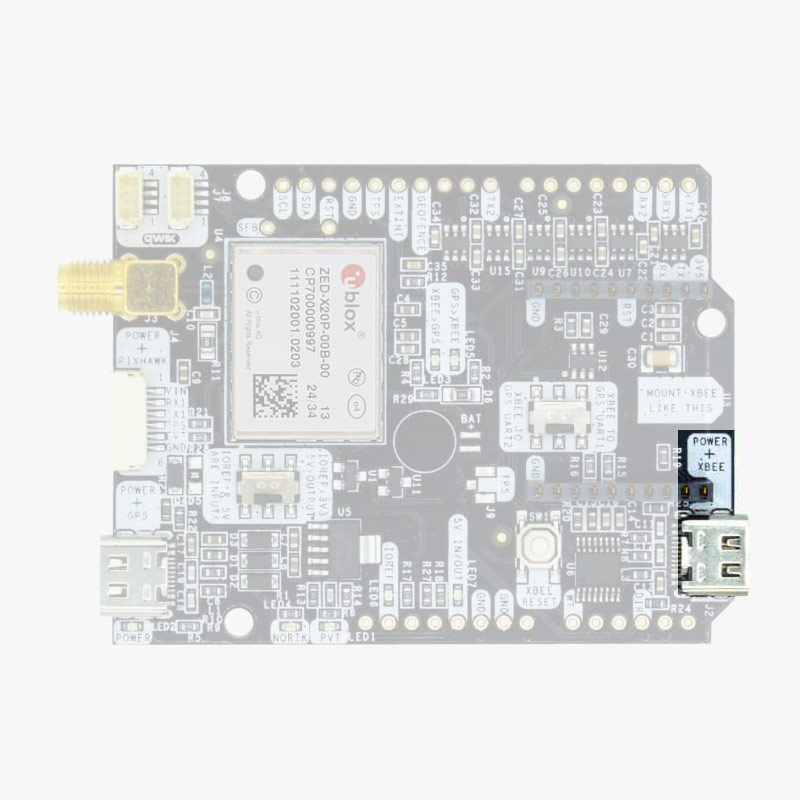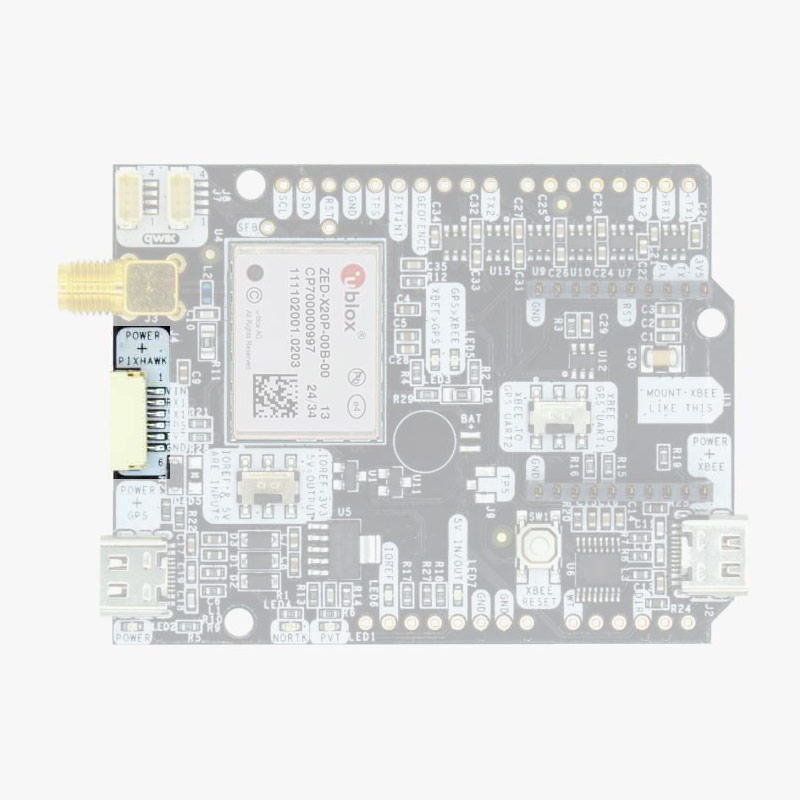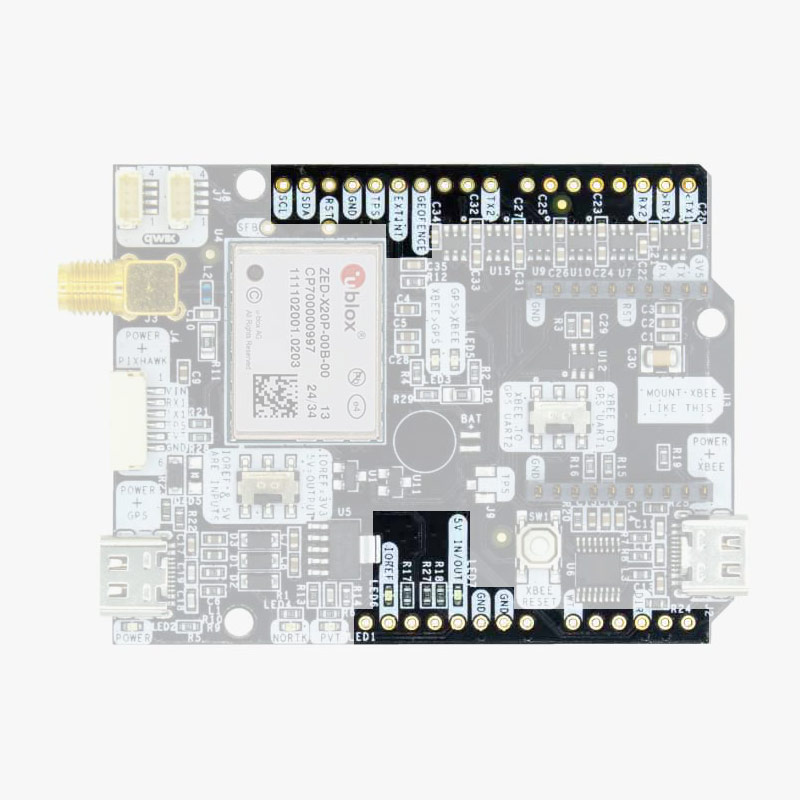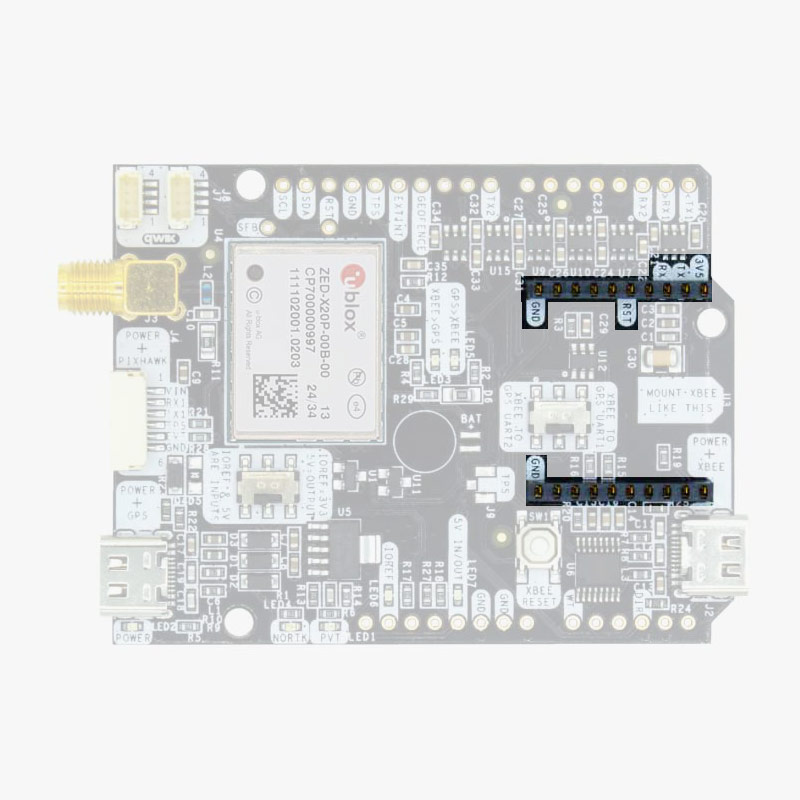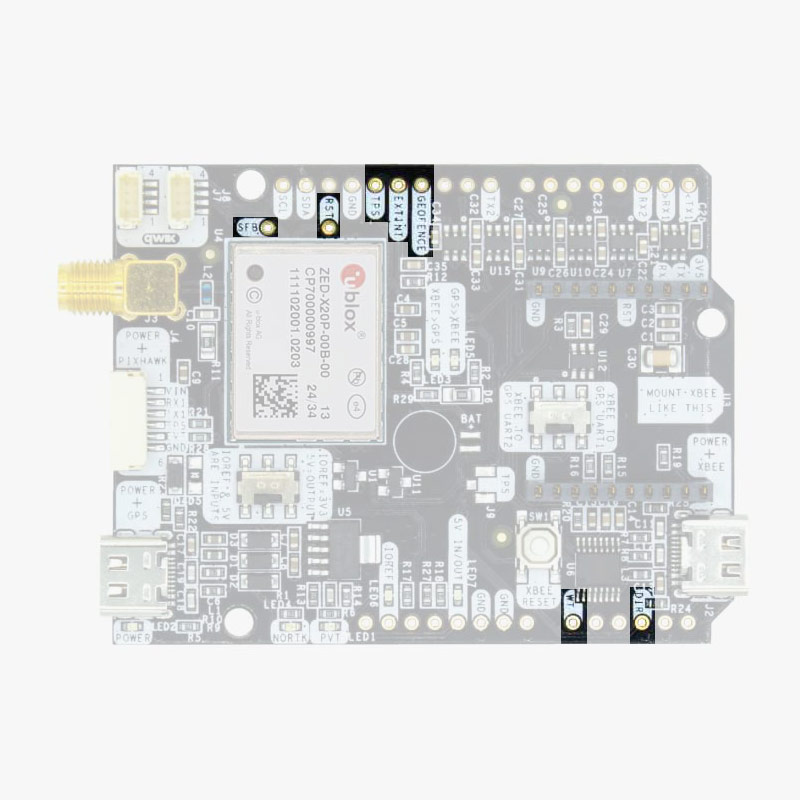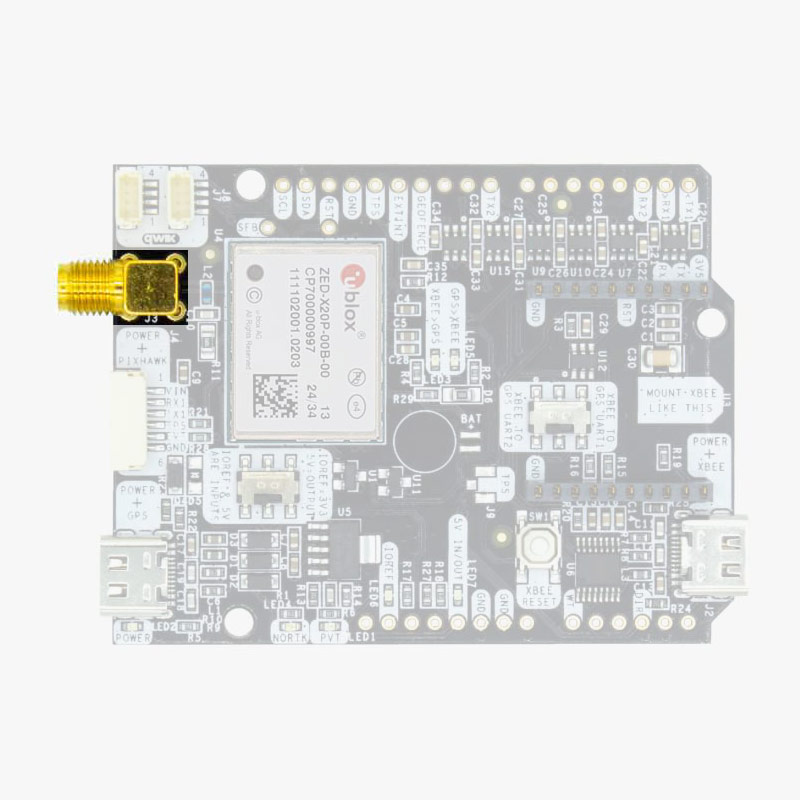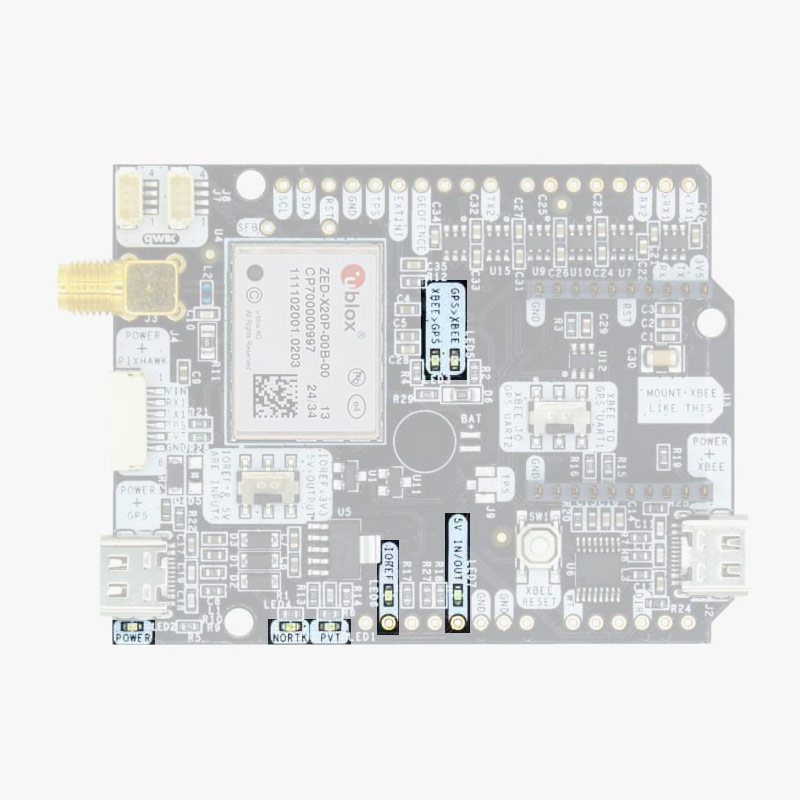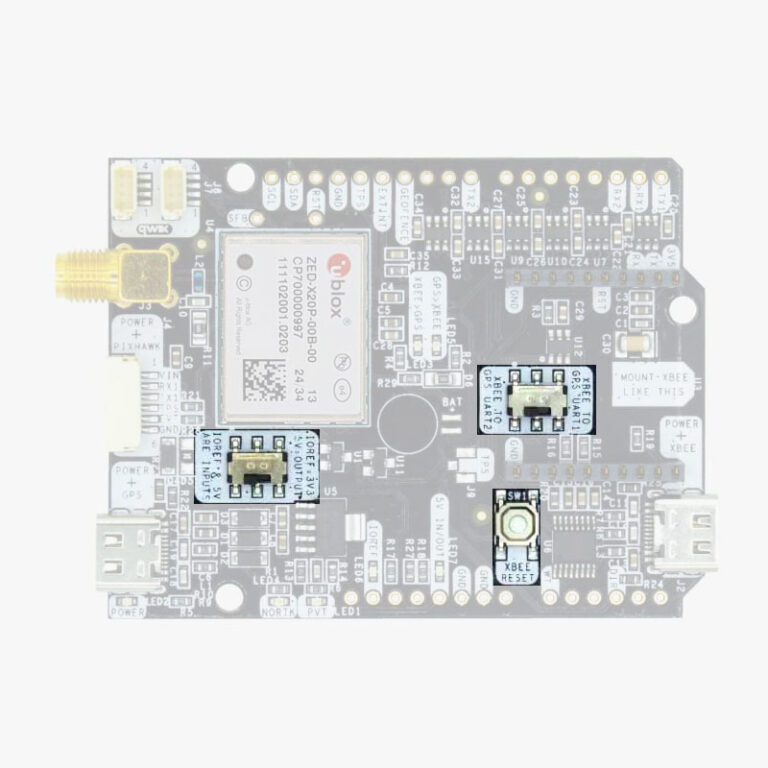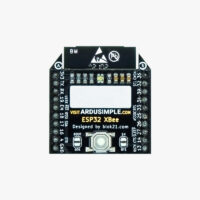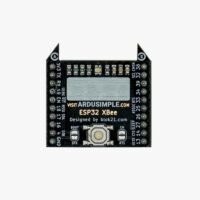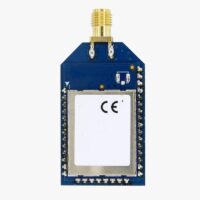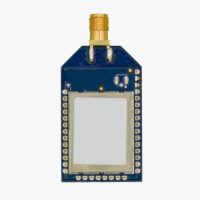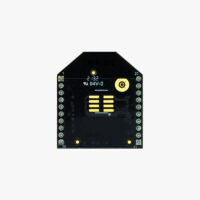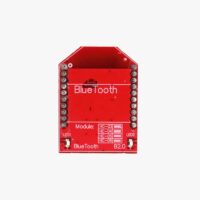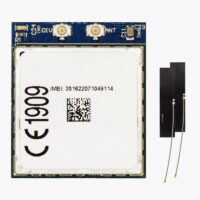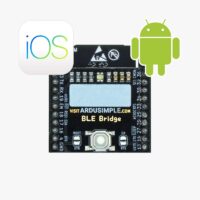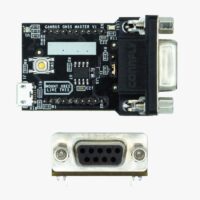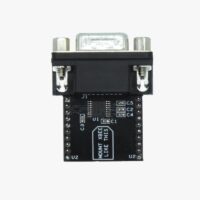User Guide: simpleRTK4 Optimum
Product Overview
The main component of simpleRTK4 Optimum is u-blox X20 all band (L1/L2/L5 and new L6/E6) RTK GNSS module.
Important before use:
This is a traditional RTK module. It only finds satellites outdoors with good view of the sky. If you try to use it next to the window it won’t work well.
The module needs 10 seconds to boot, be patient after connecting to the PC 🙂
Get Started
Connect to u-center 2
You can download u-center 2 here.
u-center 2 has been tested on Windows 10 (64 bit) platform and Windows 11. Once the installation has completed successfully, you need to enter your u-blox support portal account credentials and log in with a browser. If you don’t have a u-blox account click Register. Follow this quick quide to connect.
- Connect the GNSS antenna to your receiver. Make sure the antenna has a good view of the sky for testing functionality. Otherwise, you won’t see the satellite view or receiver signal data.
- Connect the receiver to your PC via the USB port labelled as POWER+GPS.
- Click the Devices icon on the left menu bar, click + icon. Select the COM port of the device. Select Autobauding for automatic detection of the baud rate. Click Add device.
Get RTK corrections
NTRIP (Networked Transport of RTCM via Internet Protocol) is a protocol used for streaming GNSS data over the internet. It facilitates the transmission of real-time correction data from a reference station to a Rover or user device. If you don’t have your own base station for corrections, you can find third party NTRIP corrections at RTK Correction Services in your Country to gain credential (server address, port, user and password) of NTRIP. You can connect to NTRIP using a PC, smartphone, or our Communication Plugins.
Before starting, make sure your receiver is configured as a Rover. Follow this hookup guide to receive corrections on your PC.
- To connect to the caster for correction data, UBX-NAV-PVT or NMEA standard GGA messages must be enabled. You can skip this step if you load our Rover configuration file.
- Go to Tools and Service –> Services –> NTRIP. Enter the hostname or IP address, port, username and password of the NTRIP caster.Click Save and Retrieve to get an up-to-date list of all available mount points.Select mount point then click Connect.
If you are an advanced user seeking detailed information, please refer to the integration guide at u-blox ZED-X20P configuration page.
How to add plugin
You can add plugins using the Xbee socket or Arduino rails. Just plug the plugin into the Xbee socket in the correct orientation. Then power the receiver. Follow the userguid of each accessories if it need any configuration.
Hardware
Pinout definition
Power
The simpleRTK4 Optimum can be powered from 4 different sources:
- GPS USB port
- XBEE USB port
- Pixhawk connector
- Arduino rail
The simpleRTK4 Optimum has a High Power (HP) XBee socket. You can connect any XBee accessory to it. If you connect a device that requires high power to the XBee socket, you will have to make sure your power supply can provide this power.
- Use only high quality USB-C cables, not longer than 1 meter.
- If you connect simpleRTK3B Pro through a USB hub to your PC/Tablet or your PC has low power USB ports, you will have to connect the second USB port directly to a wall plug or high power USB port.
Communication ports
simpleRTK4 Optimum board has a few interfaces that we will now explain in detail.
USB GPS
This USB-C connector gives you access to the native USB from the ZED-X20P module.
You can receive NMEA with the position, or have full access to the ZED-X20P using the u-center 2.
If you experience problems with above drivers in Windows 7/8 devices, try with the alternative driver that you can download from this link: https://www.ardusimple.com/wp-content/uploads/2020/06/zed-ubloxusb.zip
You can also connect this USB to your mobile phone using our OTG cable.
USB XBee
To use this connector only as a power source, you don’t need any driver. You can use your PC, or connect to your USB wall adapter.
To use this connector to configure an XBee radio, you will need the VCP driver from FTDI: https://ftdichip.com/drivers/vcp-drivers/
Pixhawk connector
The Pixhawk JST-GH connector is following the Pixhawk standard:
- 1: 5V_IN
- 2: ZED-X20P UART1 RX (3.3V level)
- 3: ZED-X20P UART1 TX (3.3V level)
- 4: Timepulse output (3.3V level)
- 5: Event input (3.3V level)
- 6: GND
Please note that the board only includes GPS and doesn’t include magnetometer.
Arduino rails
simpleRTK4 Optimum has optional rails to connect to other arduino UNO compatible devices.
- GND: ground is available in the standard arduino pins. You should always connect this line to your other board.
- 5V IN/OUT:
- When the LED next to this pin is OFF, can power simpleRTK4 Optimum from this pin.
For example, just mount it on top of an Arduino UNO board, and simpleRTK4 Optimum will turn ON. (check if your arduino can power 300mA @ 5V shields). - Alternatively, you can now use simpleRTK4 Optimum to power other shields.
Just turn ON the switch “5V=OUTPUT” and simpleRTK4 Optimum board will output 5V at this pin.
- When the LED next to this pin is OFF, can power simpleRTK4 Optimum from this pin.
- IOREF: TX1, RX1, TX2, and RX2 always operate at 3.3V logic levels.
- TX1,RX1,TX2,RX2,SDA,SCL: These pins always operate at 3.3V logic levels.
- TX1: ZED-X20P UART1 TX
- RX1: ZED-X20P UART1 RX
- TX2: ZED-X20P UART2 TX (this pin is also connected to Xbee UART RX).
- RX2: ZED-X20P UART2 RX (this pin is also connected to Xbee UART TX).
- SDA: ZED-X20P i2C SDA
- SCL: ZED-X20P I2C SCL
High Power (HP) XBee socket
The simpleRTK4 Optimum has a High Power (HP) XBee socket. You can use this socket to connect an XBee compatible radio. The following pins are available:
- VCC, which is a 3.3V output with maximum current 1A constant and peak 1.5A.
- XBee UART RX, at 3.3V level
- XBee UART TX, at 3.3V level
- GND
Special function pins
In addition to above, there’s also a few additional pins available for the most advanced users. If you are going to use simpleRTK4 Optimum connected on top of an Arduino or Raspberry Pi and you don’t use any of these pins, it’s recommended to not connect the pins: you can cut the header in this pins to avoid the connection, and prevent unexpected behaviors.
- Timepulse (TPS): 3.3V configuration time pulse output.
- Extint (EXTINT): time synchronization input, maximum voltage 3.6V.
This input is filtered to avoid glitches. - Geofence (GEOFENCE): geofence input/output pin from ZED-X20P.
- Safeboot (SFB)
- Reset_N (RST)
- Wheeltick (WT)
- Direction (DIR)
Remember that you can add a second XBee socket to your board with the Shield for Second XBee socket.
GPS/GNSS Antenna
simpleRTK4 Optimum supports full L1/L2/L5 bands. If you want to get the most out of this module, we recommend a Triple Band simpleANT3B series antenna.
The board supports both active antennas (with 3.3V supply) and passive antennas. The maximum output current is 150mA @ 3.3V.
If you use it with the traditional cheap GPS antennas widely available, you will not achieve the expected performance.
IMPORTANT: It is mandatory to connect the antenna before powering the board.
The installation of the antenna is also a key point to achieve the best results. The GPS/GNSS antenna should always be installed with the maximum possible view of the sky.
In addition, if possible, it should be installed with a metallic plane behind, e.g. rooftop of the car, on a metal plate bigger than 20cm, etc.
If you want to learn how installation impacts performance, please have a look at our GPS/GNSS antenna installation guide or watch this video.
LEDs
- POWER: the simpleRTK4 Optimum board has power.
- PVT: LED lights when it was possible to calculate a position from the available satellite visibility.
- NORTK: ON when no RTK, blinking when receiving correction data, OFF when devices is in RTK FIXED mode.
- XBEE>GPS: The XBEE radio is receiving data over the air and sending it to the ZED-X20P.
- GPS>XBEE: The ZED-X20P is outputting data that the XBEE radio is receiving and sending over the air.
- 5V IN/OUT: Will indicate you if there is voltage on that pin.
- IOREF: Will indicate you if the IOREF pin is enabled, which activates the UARTs on arduino rails.
Buttons and switches
You will find 2 switches:
- The switch under the XBee socket lets you choose which UART you want to connect to the XBee socket.
- The switch next to the “POWER” led let’s you enable IOREF with 3.3V and 5V arduino pin as output so the board can power accessories like Shield for Second XBee socket.
If you need additional information, such as upgrading firmware, configuring the receiver as a base or rover please refer to the u-blox ZED-X20P Configuration Page.
Accessories
You can add any of these features (and more) with our XBee plugins:
-
Plugins
Radio module Long Range (LR)
101,00€ This product has multiple variants. The options may be chosen on the product page -
Plugins
Radio module eXtra Long Range (XLR)
161,00€ This product has multiple variants. The options may be chosen on the product page -
Sale!
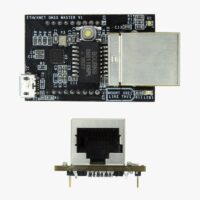 Made in Europe
Made in Europe -
Plugins
4G NTRIP Master
156,00€ This product has multiple variants. The options may be chosen on the product page -
Sale!
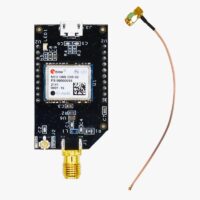 Made in EuropePlugins
Made in EuropePluginsPointPerfect L-Band Corrections Receiver NEO-D9S
125,00€Original price was: 125,00€.99,00€Current price is: 99,00€.
-
Sale!
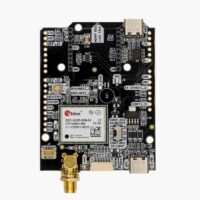 Made in EuropeRTK4 Boards
Made in EuropeRTK4 BoardssimpleRTK 4 Optimum
249,00€Original price was: 249,00€.225,00€Current price is: 225,00€. -
Sale!
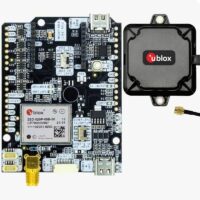 Made in EuropeRTK starter kits
Made in EuropeRTK starter kitssimpleRTK 4 Optimum – Basic Starter Kit
299,00€Original price was: 299,00€.275,00€Current price is: 275,00€.
 and
and 

